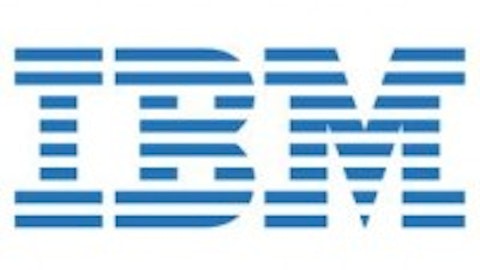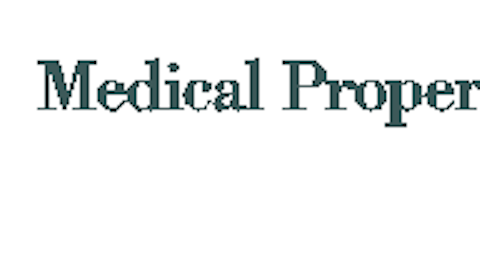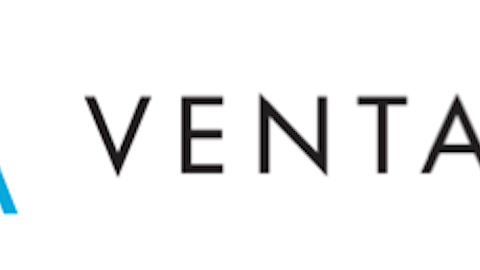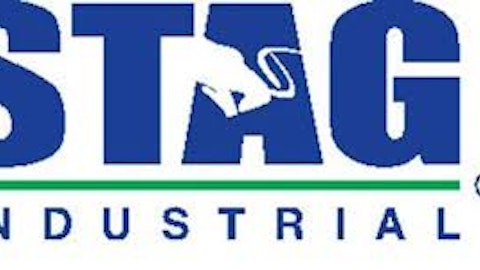Let’s take a closer look at some of these risks as it relates to dividend safety.
Dividend Analysis: Omega
We analyze 25+ years of dividend data and 10+ years of fundamental data to understand the safety and growth prospects of a dividend. Omega’s long-term dividend and fundamental data charts can all be seen by clicking here.
Dividend Safety Score
Our Safety Score answers the question, “Is the current dividend payment safe?” We look at factors such as current and historical EPS and FCF payout ratios, debt levels, free cash flow generation, industry cyclicality, ROIC trends, and more. Scores of 50 are average, 75 or higher is very good, and 25 or lower is considered weak.
Omega’s Dividend Safety Score of 65 suggests that its current dividend payment is somewhat safer than the average dividend stock.
However, one of the first things income investors point to when reviewing Omega is the company’s dividend cut in 2000.
As seen below, the company reduced its total dividends paid from $2.80 per share in 1999 to $1.00 per share in 2000 before completely eliminating the dividend in 2001 and 2002.

Source: Simply Safe Dividends
Since restarting its dividend in 2003, Omega’s annual dividends have increased every year. However, conservative income investors have every right to question whether Omega’s current dividend payment is really reliable. After all, a company that cuts its dividend once certainly seems more likely to cut it again.
Why was Omega forced to cut its dividend in 2000, and could that same risk reemerge in the future?
The answer comes from Omega’s 2001 annual report. The Balanced Budget Act of 1997 introduced a new payment system for the reimbursement of Medicare patients in SNFs.
A major shift took place in which a cost-based reimbursement system that was historically used was essentially abandoned in favor of a reimbursement system that capped payments per service at a fixed amount. This was done by the government to save money and attempt to balance the federal budget by 2002.
While some of these payments changes were reversed by subsequent legislation in 1999-2000, the result was a major reduction in payments made to nursing home operators.
Many of Omega’s tenants were forced to declare Chapter 11 bankruptcy and could no longer make their rent payments. They had generally been levering up to fund acquisitive growth in the years leading up to the legislation and were not prepared for the substantial reimbursement reductions.
By all means, the reforms made to the Medicare reimbursement system in the late 1990s were nothing short of transformational.
While federal policy is still characterized by a healthy dose of uncertainty today, we believe new legislation aimed at tightening up Medicare payments will be more incremental and will not result in bankruptcies like those that occurred over 15 years ago.
Simply put, another transformational shift appears very unlikely. However, the situation is worth monitoring as we all know how unpredictable governmental policies can be.
Today, healthcare REITs have been hit by several issues that have resurfaced the events of the late 1990s in many investors’ unforgiving minds.
First, Medicare Advantage coverage is increasing which has resulted in lower rates and shorter patient stays under alternative payment models.
The Department of Justice is also investigating billing practices of SNFs, which could hurt future revenues and margins. For example, Omega’s largest tenant, Genesis Health Care (~7% of total rent), went under investigation in February 2015 and has accrued a $30 million loss contingency reserve.
As a result, there is risk that tenants’ cash flow coverage could deteriorate to levels that compromise their ability to meet their rent obligations.
However, we believe Omega is well positioned to deal with these developments and continue paying its dividend for several reasons, beginning with the health of its operators.
Omega’s tenants appear very likely to be able to absorb moderate reimbursement rate reductions and still meet their monthly rent obligations.
In a recent investor presentation, Omega noted that its portfolio’s rent coverage was 1.4x EBITDAR (earnings before interest, taxes, depreciation, amortization, and rent costs) at the end of 9/30/15, indicating tenants’ strong ability to continue making rent payments even with some adversity.
Fitch also notes that Omega’s rent coverage “implies some cushion to sustain annual rental increases and/or unforeseen changes to reimbursement rates.”
We also like how well diversified Omega is by tenant (no operator is more than 7% of total rent) and state, helping minimize the impact of Medicaid rate changes in any one state.
Even if future operating conditions end up being more challenging than expected, Omega remains on solid financial footing to weather the storm.





